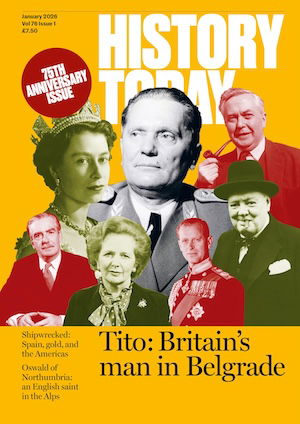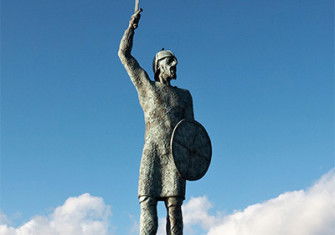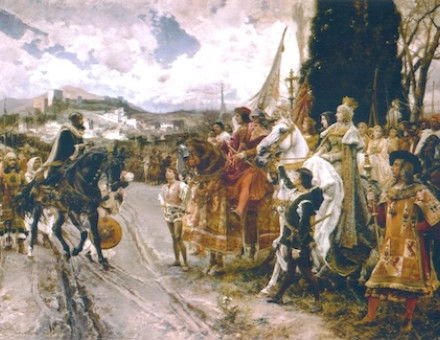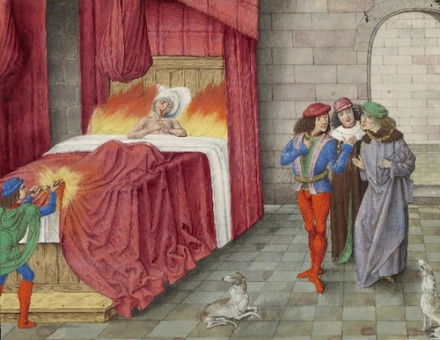The Battle of Stamford Bridge
On 25 September 1066 the ‘Viking Age’ came to a close when Harold Hardrada was slain at the Battle of Stamford Bridge.
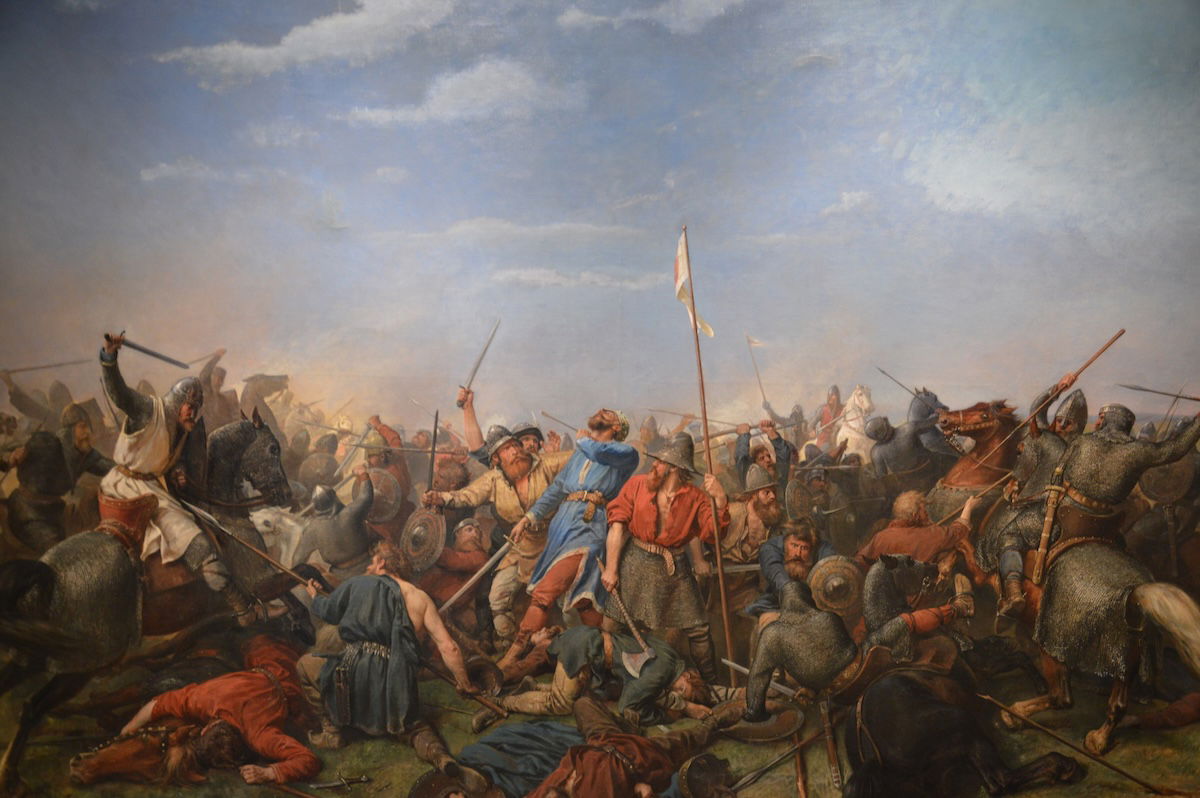
As brothers, a contemporary wrote in the Life of King Edward, Harold and Tostig Godwinson were ‘handsome and graceful … similar in strength … equally brave’. Did they have flaws? The eulogist chose his words carefully. ‘Both at times so cleverly disguised their intentions that one who did not know them was in doubt what to think.’
Perhaps they didn’t really know each other. Tostig was an unpopular earl of Northumberland, and when the North rose against him in 1065, Edward, on Harold’s advice, sided with the rebels and sent Tostig into exile. Tostig accused Harold of fomenting the rebellion. Harold – ‘rather too generous with oaths’, the writer said – swore it was otherwise.
Harold became king in January 1066. There was little disguising Tostig’s intentions thereafter. One source has him seeking support from William of Normandy. Others have him at the Danish court of Svein II being offered a dukedom, but no army. For that he had to look to Harold Hardrada, the Norwegian king. But little is certain. Did Tostig offer Hardrada half of England in return? ‘There are no English who are very trustworthy’, Hardrada said; he had a claim to the whole of England too.
Perhaps Hardrada planned his invasion alone. His 300-strong fleet arrived on the Tyne around 10 September. There he met Tostig – with a dozen ships or so – who had been harrying the English coast since April. Together they defeated a northern English army at Fulford on 20 September.
When did Harold learn of the threat? Perhaps as late as the 16th. Somehow he mustered and provisioned an army and marched them – ‘day and night as fast as he could’, one source says – 200 miles north along the old Roman road. On 25 September, at Stamford Bridge, on the River Derwent east of York, they surprised the invaders.
It was a rout. Hardrada and Tostig died on the battlefield. It is said the bodies and then the bones of the dead lay on open ground for years to come. After nearly 300 years of Viking raids, Hardrada’s would be the last such assault on England. Peace at last, Harold might have thought.

